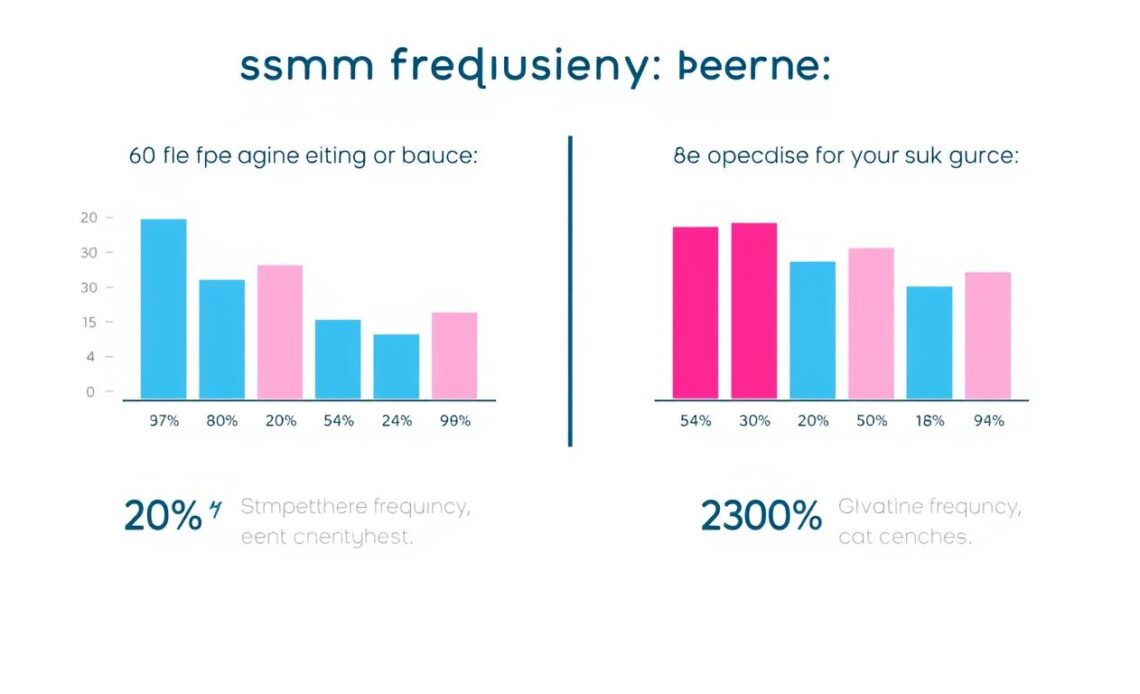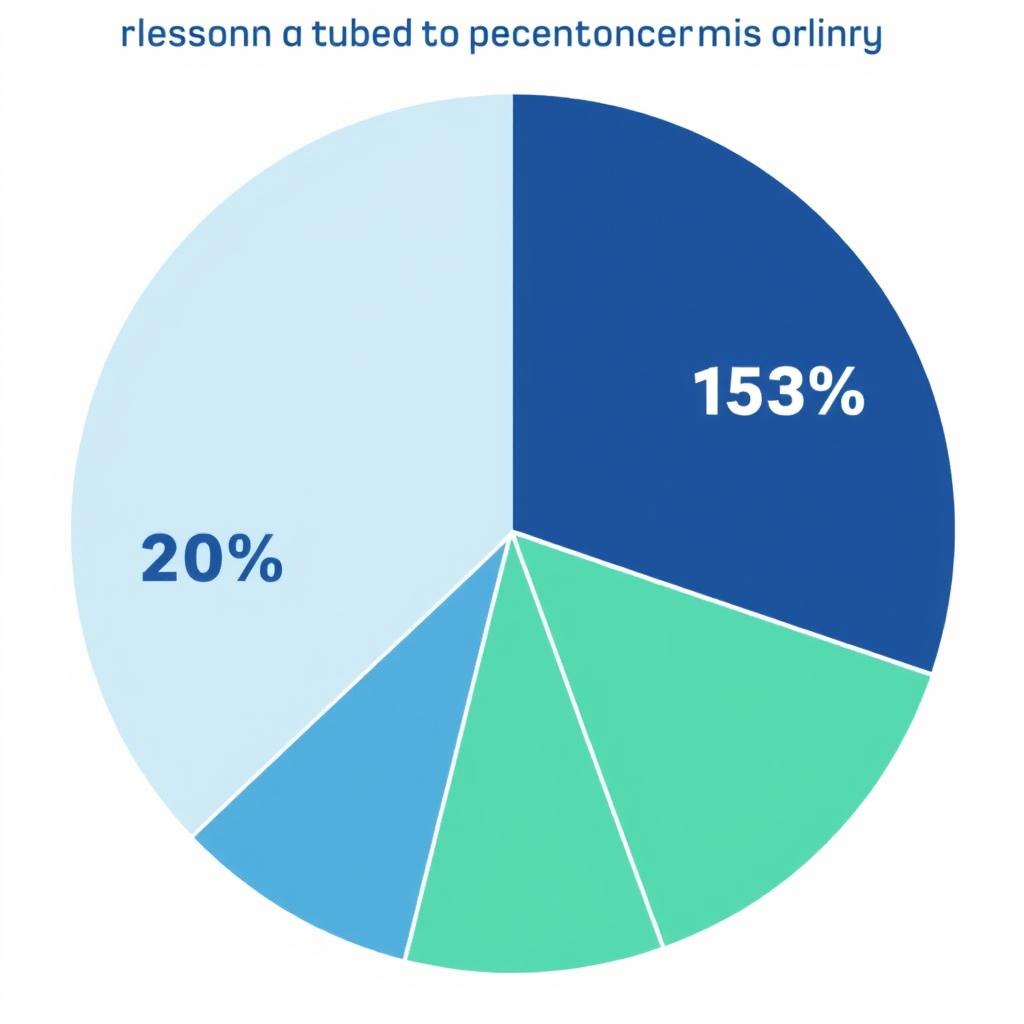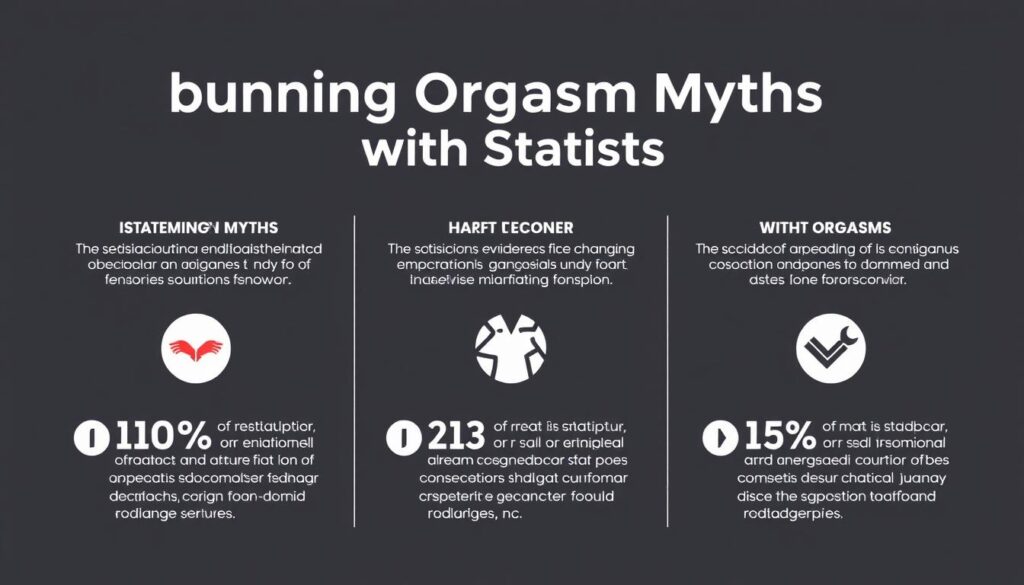
The science of sexual pleasure has evolved from taboo to mainstream research topic, with orgasm statistics now providing valuable insights into human sexuality. Recent studies reveal significant disparities in sexual satisfaction across genders, relationship types, and cultural backgrounds. This article examines the latest data on orgasm frequency, explores surprising trends, and offers evidence-based perspectives on closing the pleasure gap.
The Orgasm Gap: Gender Disparities in Sexual Pleasure
One of the most consistent findings across orgasm statistics research is the significant disparity between men and women. According to multiple studies, this “orgasm gap” persists across various demographics and relationship contexts.
Recent data from a 2022 U.S. survey revealed that 95% of men report almost always experiencing orgasm during sexual encounters, compared to just 25% of women. This 70-percentage-point difference represents one of the most significant gender gaps in sexual health research.
The gap narrows somewhat in committed relationships, where 70% of women report reaching orgasm, compared to just 49% in casual sexual encounters. This suggests relationship context plays a crucial role in female sexual satisfaction.

“The ability to have an orgasm has less to do with differences among women than with the erotic stimulation they receive.” – Australian Research Study, 2022
Age also influences orgasm frequency. Research from the Journal of Sex Research (2021) found that women aged 36-45 report 35% higher orgasm frequency than those 18-25, suggesting that sexual satisfaction often improves with age and experience.
Key Factors Influencing Orgasm Frequency
Multiple studies have identified specific factors that significantly impact orgasm statistics across populations. Understanding these variables provides insight into the complex nature of sexual satisfaction.
Sexual Techniques

Research shows that women who experience clitoral stimulation during sexual activity are 86% more likely to reach orgasm compared to those who only engage in penetrative intercourse (50%). This statistic highlights the importance of diverse sexual techniques.
Relationship Quality

A 2023 study published in the Archives of Sexual Behavior found that relationship satisfaction correlates with 42% higher orgasm frequency in women. Open communication about sexual preferences showed a 57% increase in reported orgasms.
Cultural Factors

Cross-cultural research reveals significant variations in orgasm statistics. Scandinavian countries report the highest female orgasm rates (65-72%), while some East Asian and Middle Eastern regions report rates as low as 24-38%, reflecting the impact of cultural attitudes toward sexuality.
Want to learn more about improving sexual communication?
Download our free evidence-based guide on how to discuss sexual preferences with your partner based on the latest research.
3 Surprising Findings from Recent Orgasm Statistics

1. The Faking Phenomenon
A 2022 survey revealed that 59% of women report having faked an orgasm, compared to 25% of men. More surprisingly, women in longer-term relationships (5+ years) were 32% more likely to fake orgasms than those in newer relationships, contradicting the assumption that sexual honesty increases with relationship longevity.
2. Sexual Orientation Impact
Research published in the Journal of Sexual Medicine found that lesbian women report 40% higher orgasm frequency than heterosexual women (40% vs. 30% “always” experiencing orgasm). This suggests that same-sex female partners may better understand clitoral stimulation techniques that enhance pleasure.
3. Education Correlation
A 2021 study from the Kinsey Institute discovered that women with postgraduate education report 38% higher orgasm frequency than those with high school education only. This correlation persisted even when controlling for age, income, and relationship status, suggesting education may influence sexual communication skills.
| Demographic Factor | Impact on Female Orgasm Frequency | Impact on Male Orgasm Frequency |
| Age (36-45 vs. 18-25) | +35% | +3% |
| Education (Postgraduate vs. High School) | +38% | +5% |
| Relationship Type (Committed vs. Casual) | +21% | +2% |
Expert Commentary on Orgasm Statistics

“The orgasm gap isn’t about women’s bodies being somehow less capable of pleasure. It’s about a cultural and educational gap in understanding how female arousal actually works. The statistics clearly show that when the right stimulation is provided, women’s orgasm rates approach those of men.”
“What’s particularly interesting about the latest orgasm statistics is how they challenge our assumptions. The data shows that physiological factors play a much smaller role than previously thought. Communication, technique, and relationship dynamics are the primary determinants of orgasm frequency, especially for women.”

These expert perspectives highlight a crucial point about orgasm statistics: the disparities we observe are largely addressable through education, communication, and technique rather than being fixed biological limitations. This offers an optimistic outlook for closing the pleasure gap.
Debunking Common Myths with Orgasm Statistics

Myth #1: Most Women Orgasm from Intercourse Alone
FALSE
According to a comprehensive 2021 study in the Journal of Sex & Marital Therapy, only 18.4% of women report reliably experiencing orgasm from penetrative intercourse alone. The study found that 36.6% of women require clitoral stimulation to reach orgasm during intercourse.
These statistics directly contradict the common belief that most women should orgasm from penetration alone.
Myth #2: Orgasm Frequency Naturally Declines with Age
FALSE
Contrary to popular belief, research from the National Survey of Sexual Health and Behavior (2022) found that women in their 40s report 5-8% higher orgasm frequency than women in their 20s. For men, orgasm frequency remains relatively stable across age groups until after age 65.
This challenges the assumption that sexual satisfaction inevitably declines with age.
Myth #3: Simultaneous Orgasms Are Common
FALSE
Despite media portrayals, a 2023 study in the Archives of Sexual Behavior found that only 6.4% of couples regularly experience simultaneous orgasms. Even among couples who report high sexual satisfaction, the rate only increases to 14.8%.
These statistics help normalize the reality that coordinated climaxes are the exception rather than the rule.
Practical Implications of Orgasm Statistics Research
The research on orgasm statistics offers several practical takeaways for individuals and couples seeking to enhance sexual satisfaction:

Key Takeaway: The research consistently shows that the most significant factor in closing the orgasm gap is direct clitoral stimulation. When sexual activities include hand stimulation, oral sex, and intercourse, women’s orgasm rates increase from 50% to 86%, nearly eliminating the gender disparity.
Conclusion: The Future of Orgasm Research
The growing body of orgasm statistics research is helping to demystify sexual pleasure and address longstanding disparities. By understanding the factors that influence orgasm frequency across different populations, we can develop more effective educational approaches and challenge harmful myths that have persisted for generations.
Future research directions include more diverse study populations, better understanding of the neurological mechanisms of orgasm, and developing evidence-based interventions to address sexual satisfaction disparities. As this field continues to evolve, the data suggests optimism that the orgasm gap can be substantially narrowed through education, communication, and technique.
Stay Updated on Sexual Health Research
Subscribe to our monthly newsletter for the latest statistics, research findings, and evidence-based advice on sexual health and satisfaction.
What is the most significant factor affecting female orgasm frequency?
According to multiple studies, the most significant factor is the type of stimulation provided. When sexual encounters include clitoral stimulation through manual touch, oral sex, and intercourse, women’s orgasm rates increase from 50% (intercourse alone) to 86%, nearly matching men’s rates of 95-98%.
Do orgasm statistics vary significantly across cultures?
Yes, research shows substantial variation in reported orgasm frequencies across different cultures. Countries with more progressive attitudes toward sexuality and better sex education (like Scandinavian nations) report female orgasm rates 25-30% higher than countries with more conservative sexual attitudes.
How reliable are self-reported orgasm statistics?
Self-reported data has limitations, particularly given that 59% of women report having faked orgasms. However, researchers use various methodologies to improve reliability, including anonymous reporting, physiological measurements in laboratory settings, and longitudinal studies that track consistency over time.

